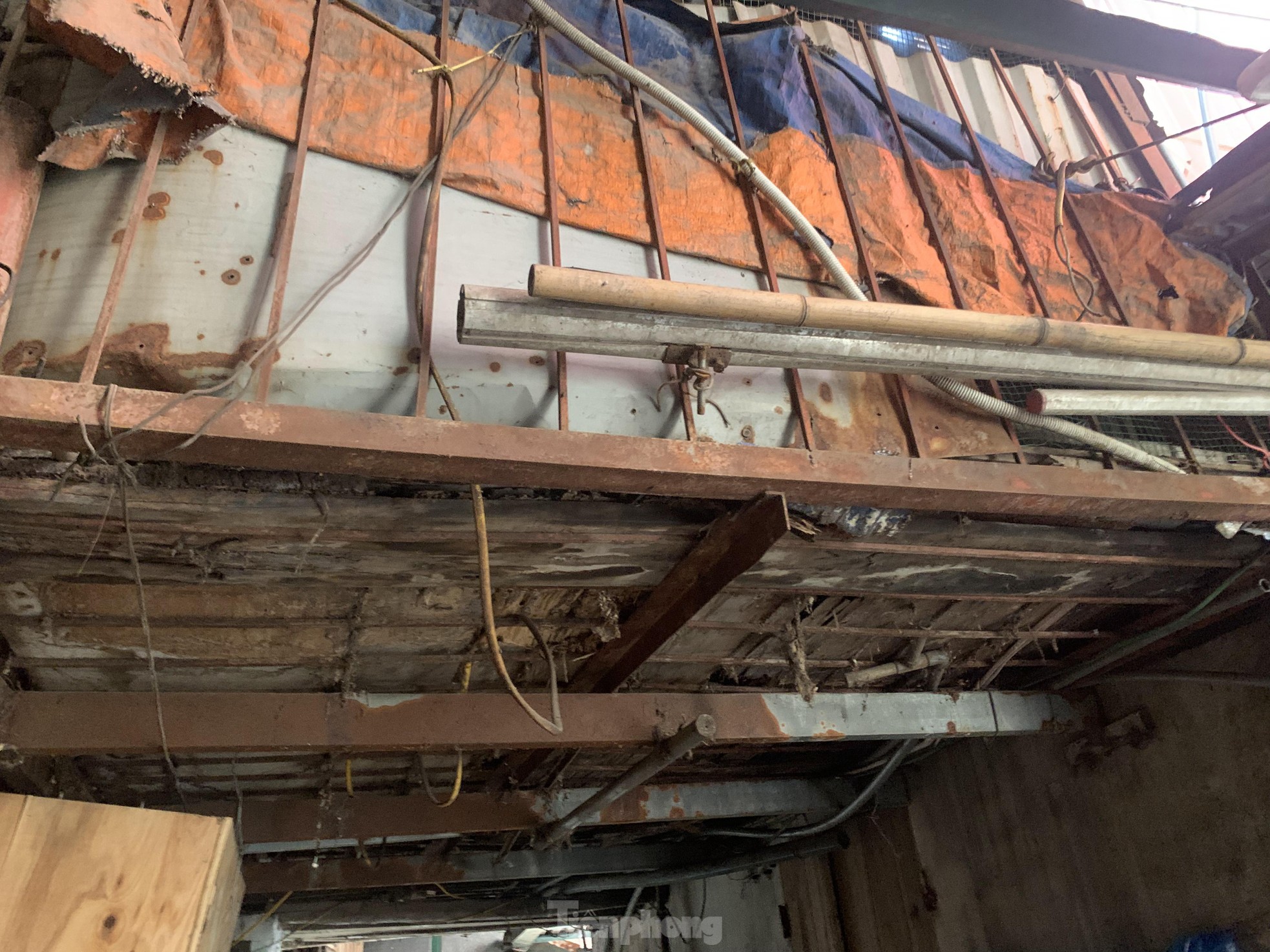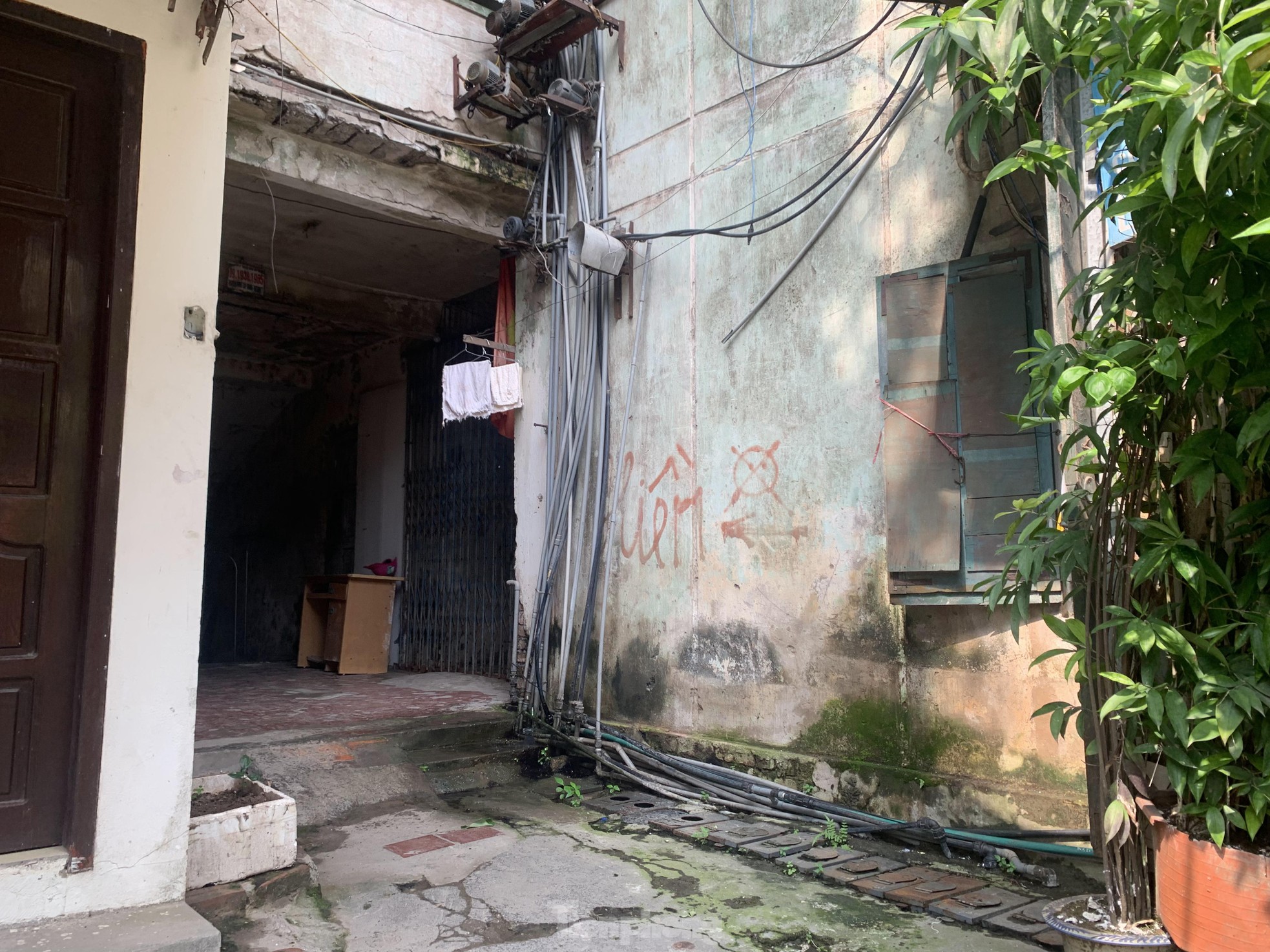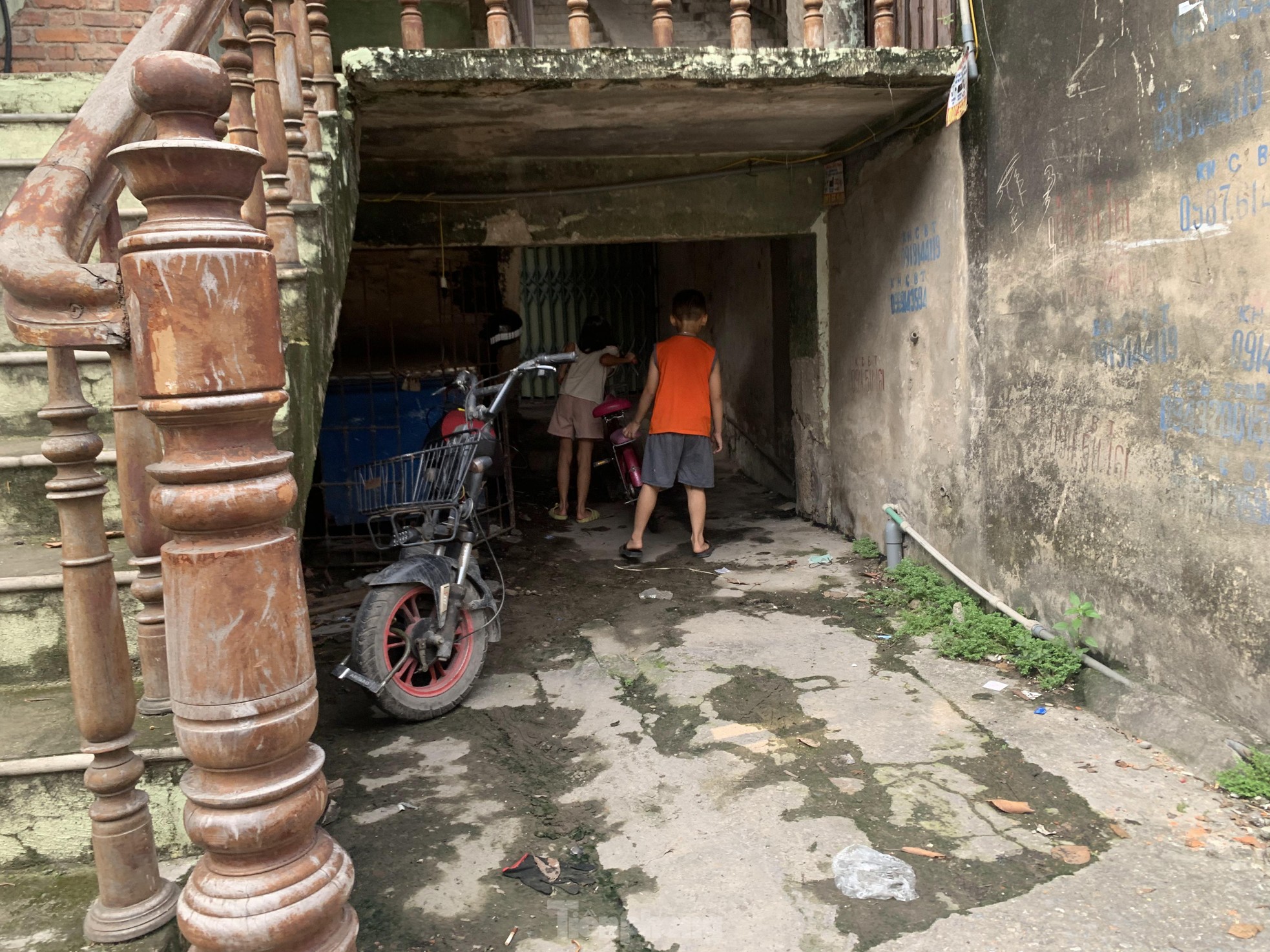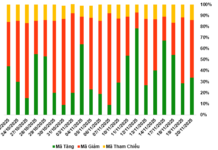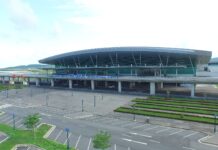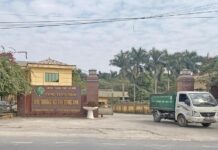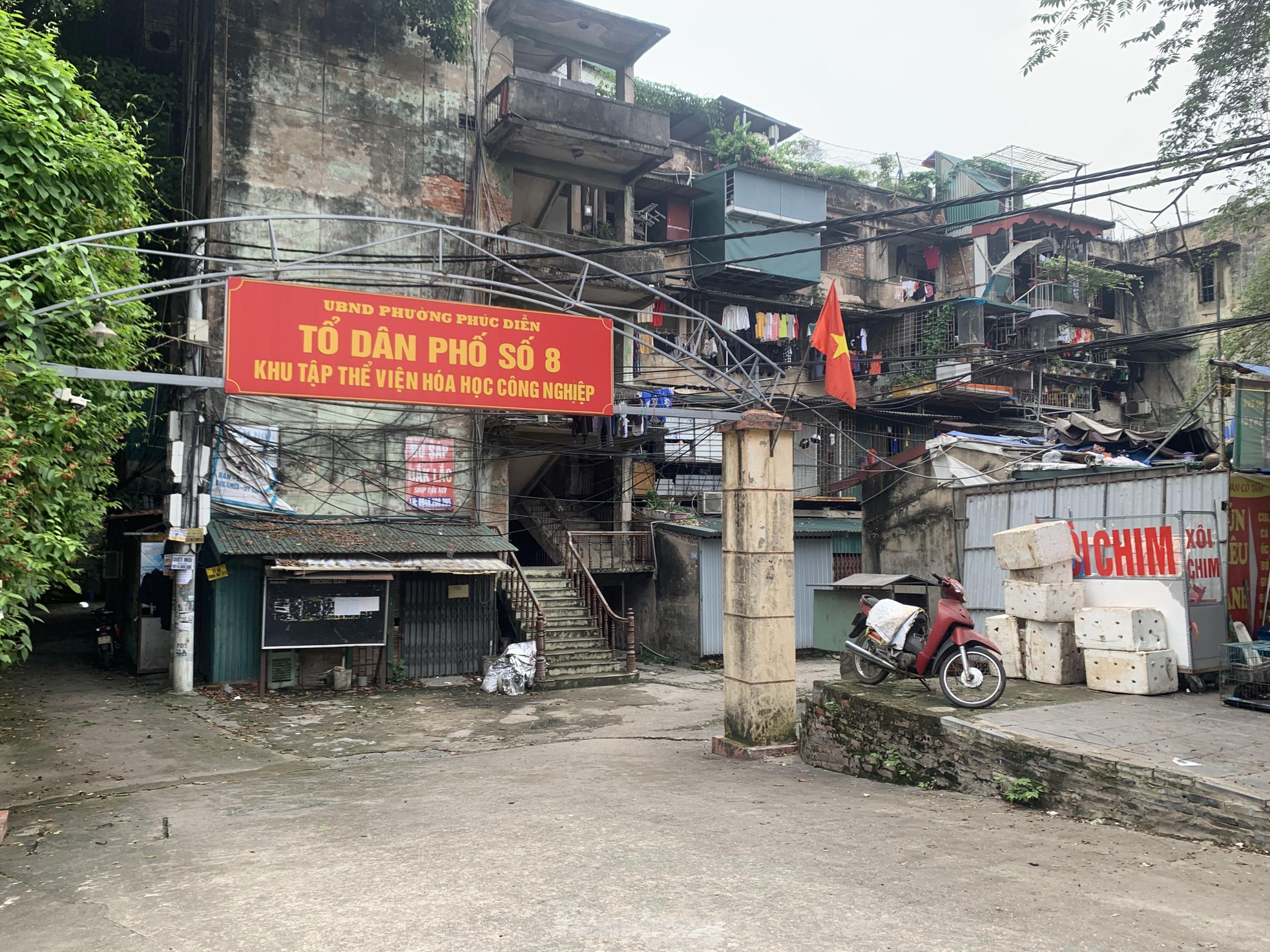
The Vietnam Institute of Industrial Chemistry’s apartment complex was built in the 1970s. Its original purpose was to provide housing for the institute’s single staff and employees.
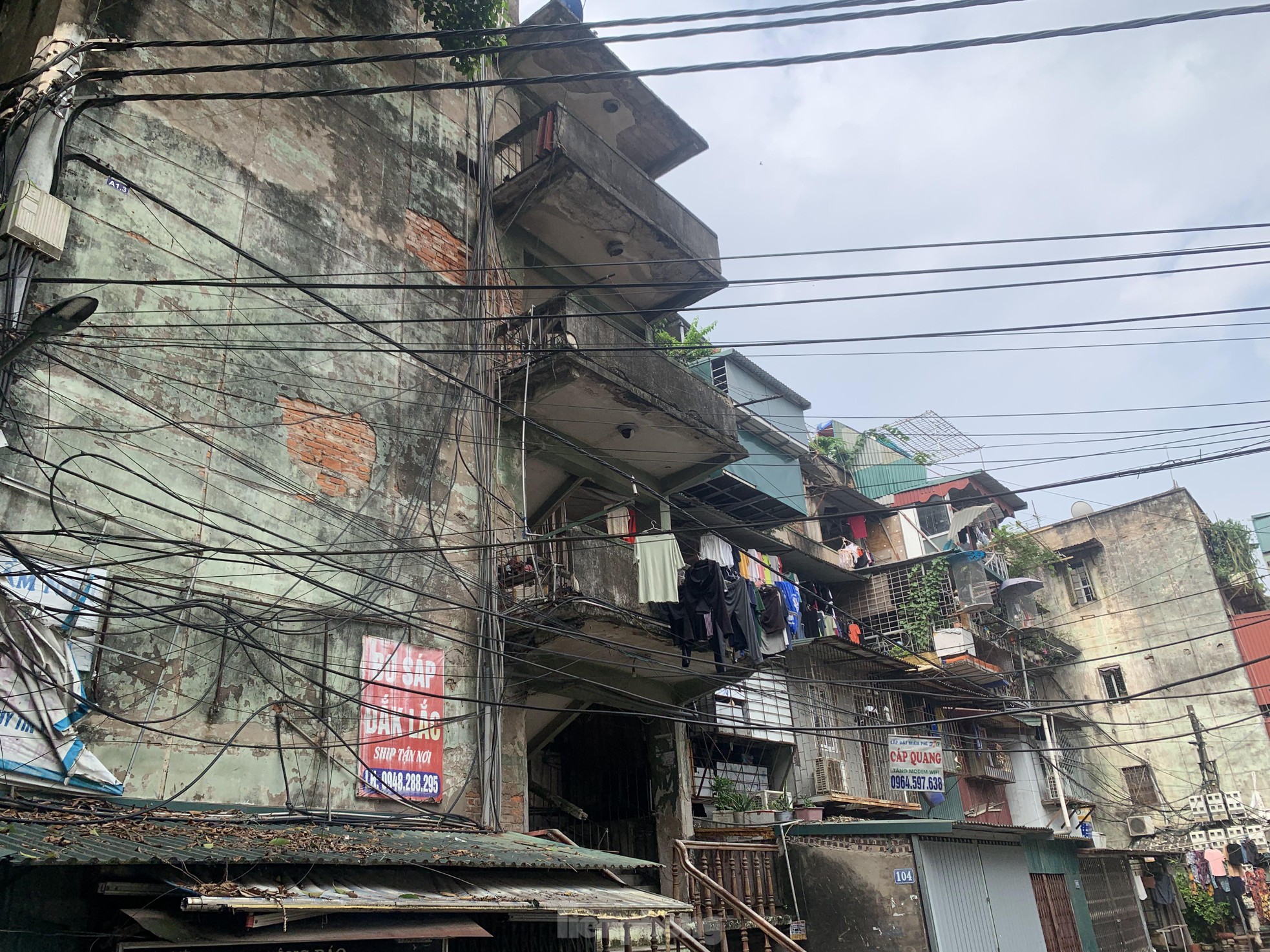
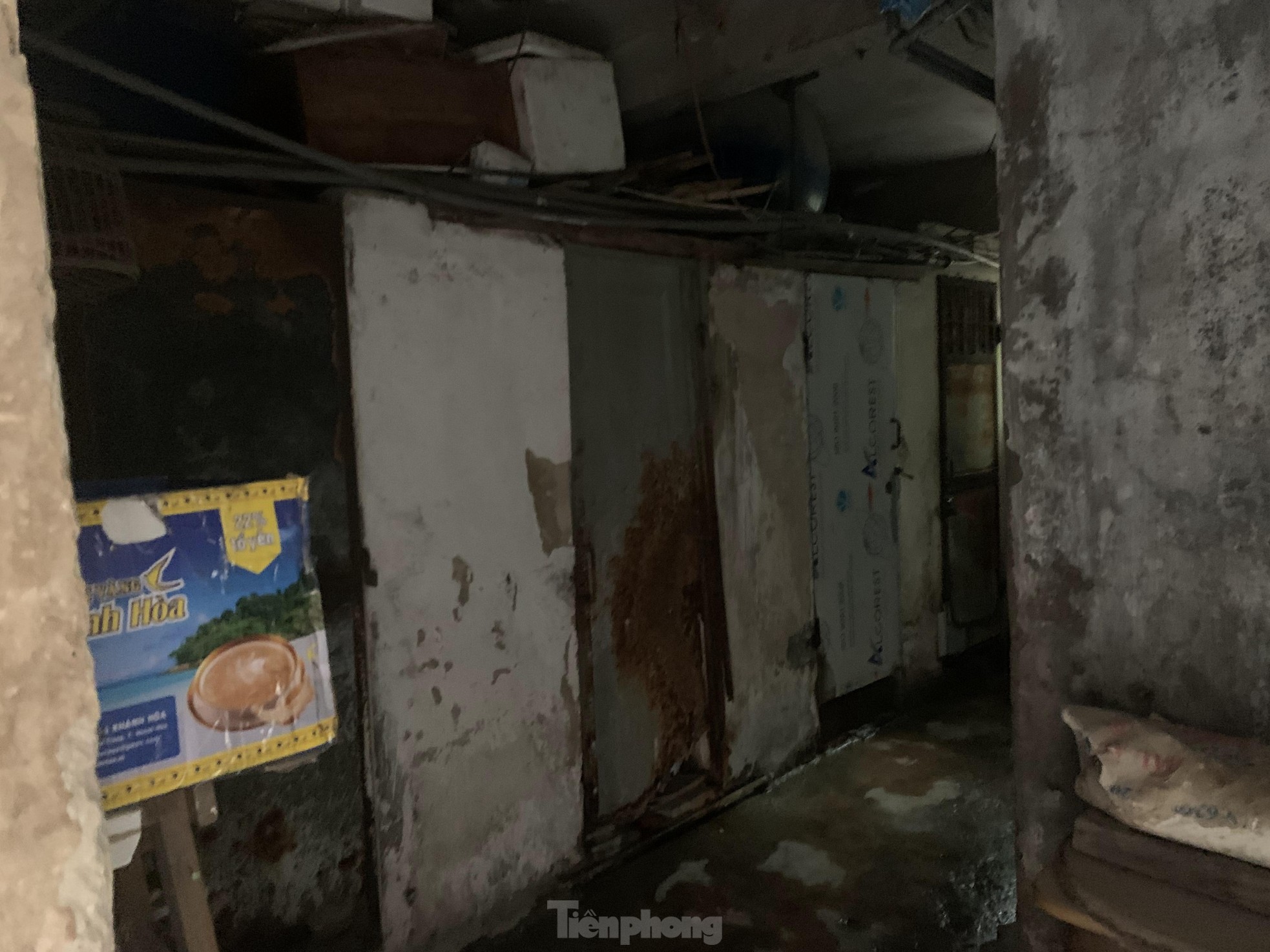
According to sources, the apartment complex has four stories, with 13 rooms on each floor sharing a communal bathroom and toilet.
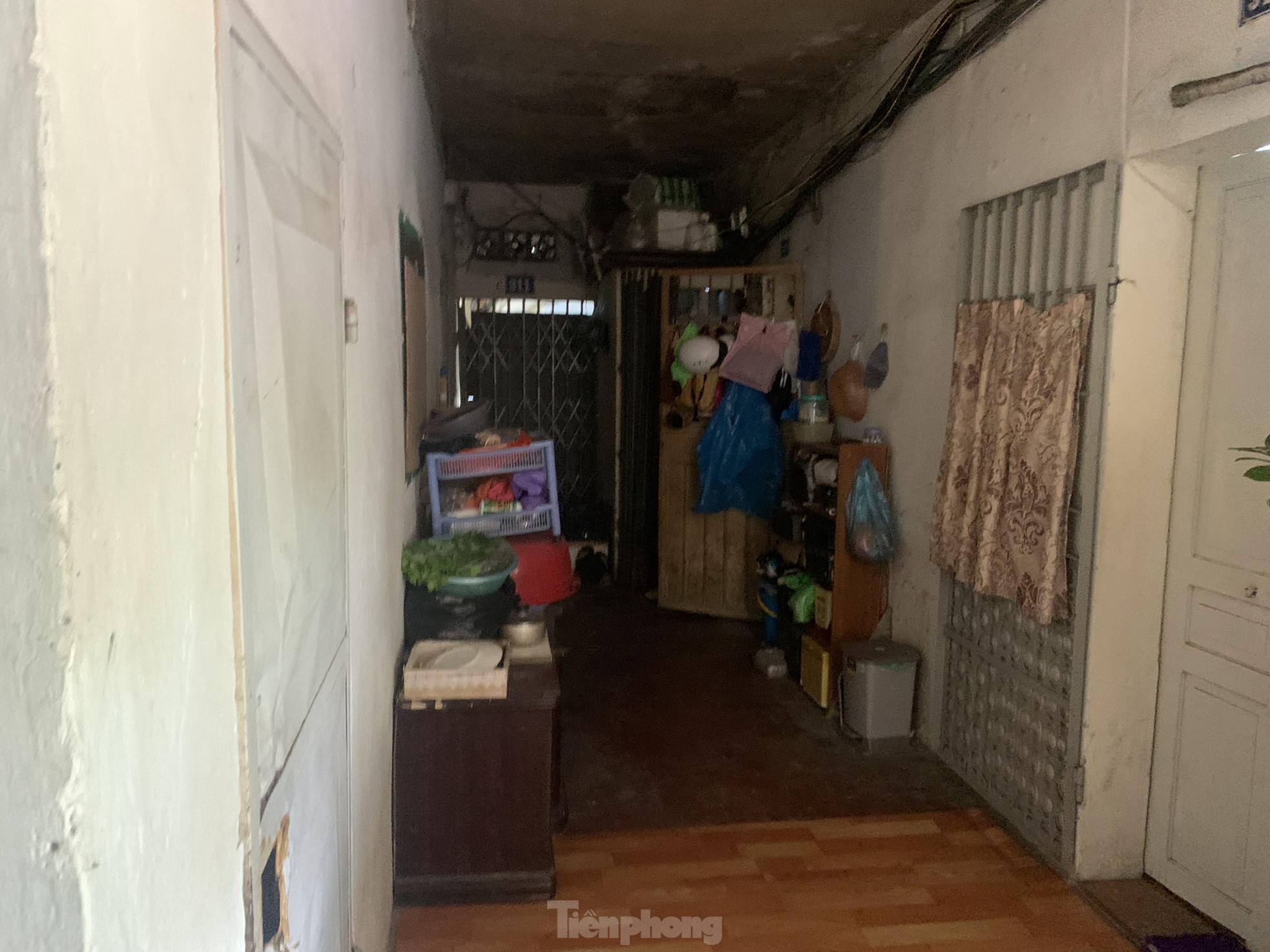
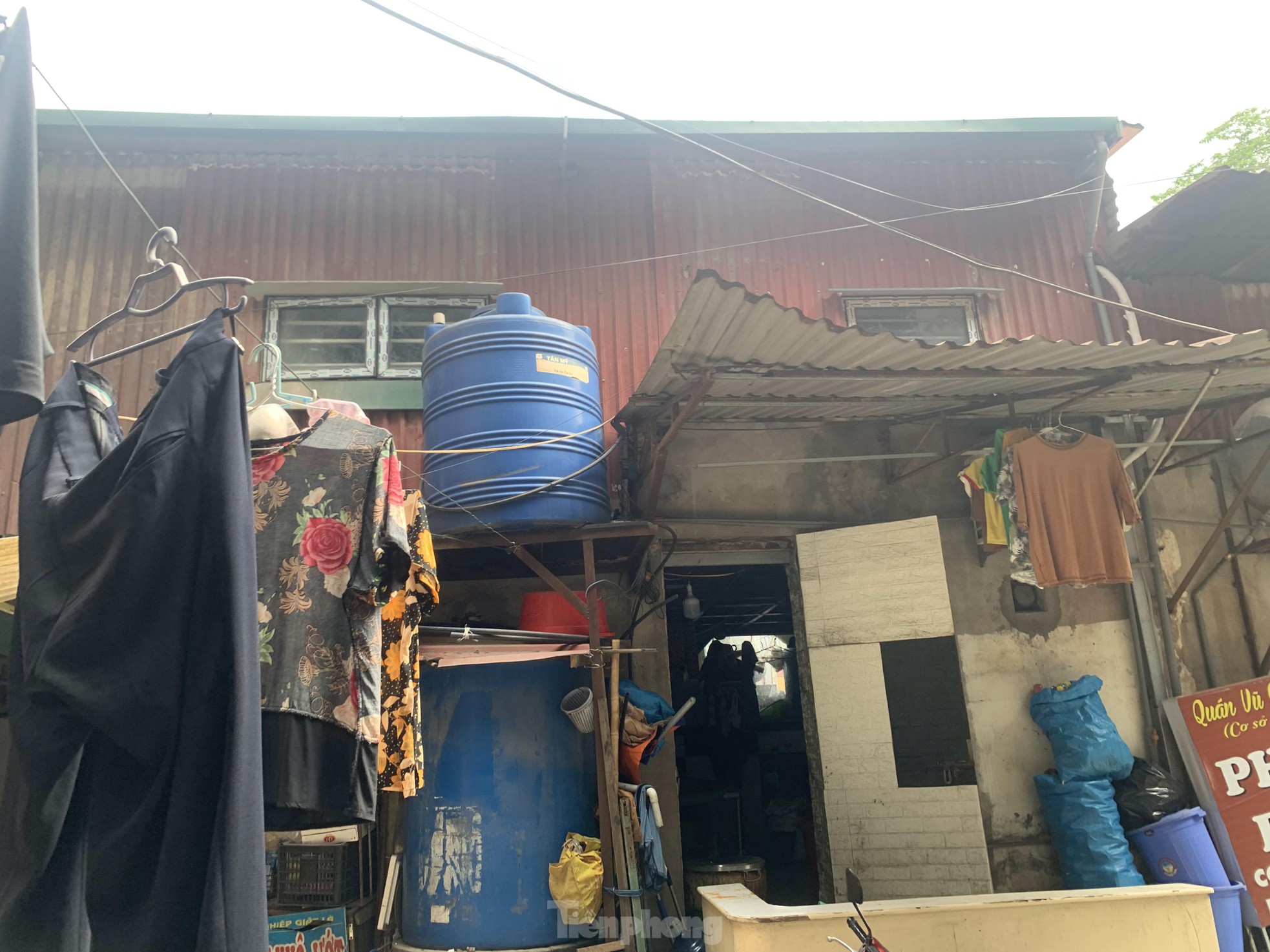
Each room initially measured only 18 square meters and accommodated approximately 4 to 7 people. Later, the rooms were transferred by negotiation to married staff and employees.

Some of these apartments have been illegally expanded from their original 18 square meters to as much as 32 to 60 square meters, with enclosed renovations. They were once advertised for sale at prices ranging from 455 to 600 million VND per unit.
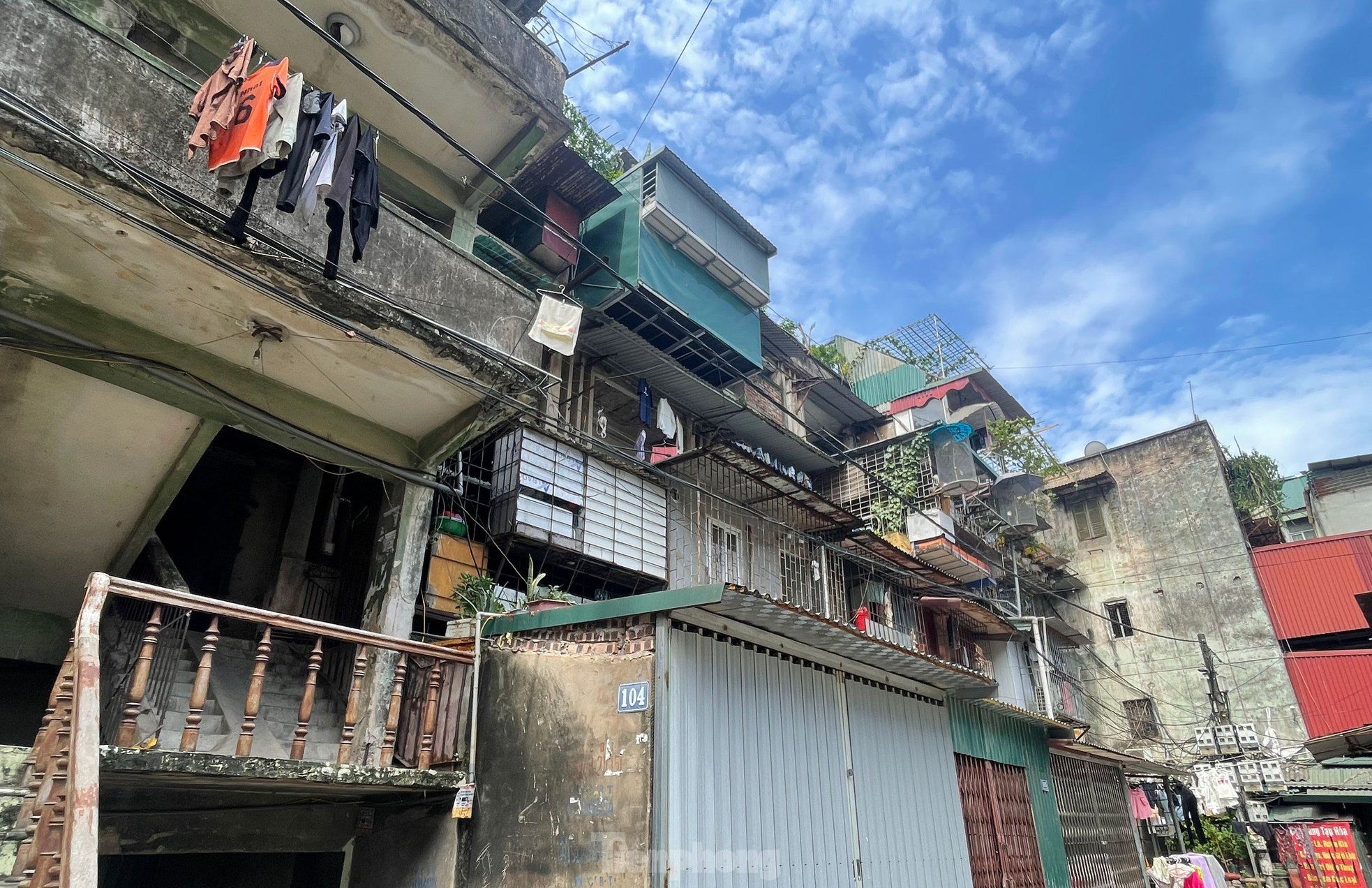
The majority of the apartments have been extended using corrugated iron sheets to increase their floor area.
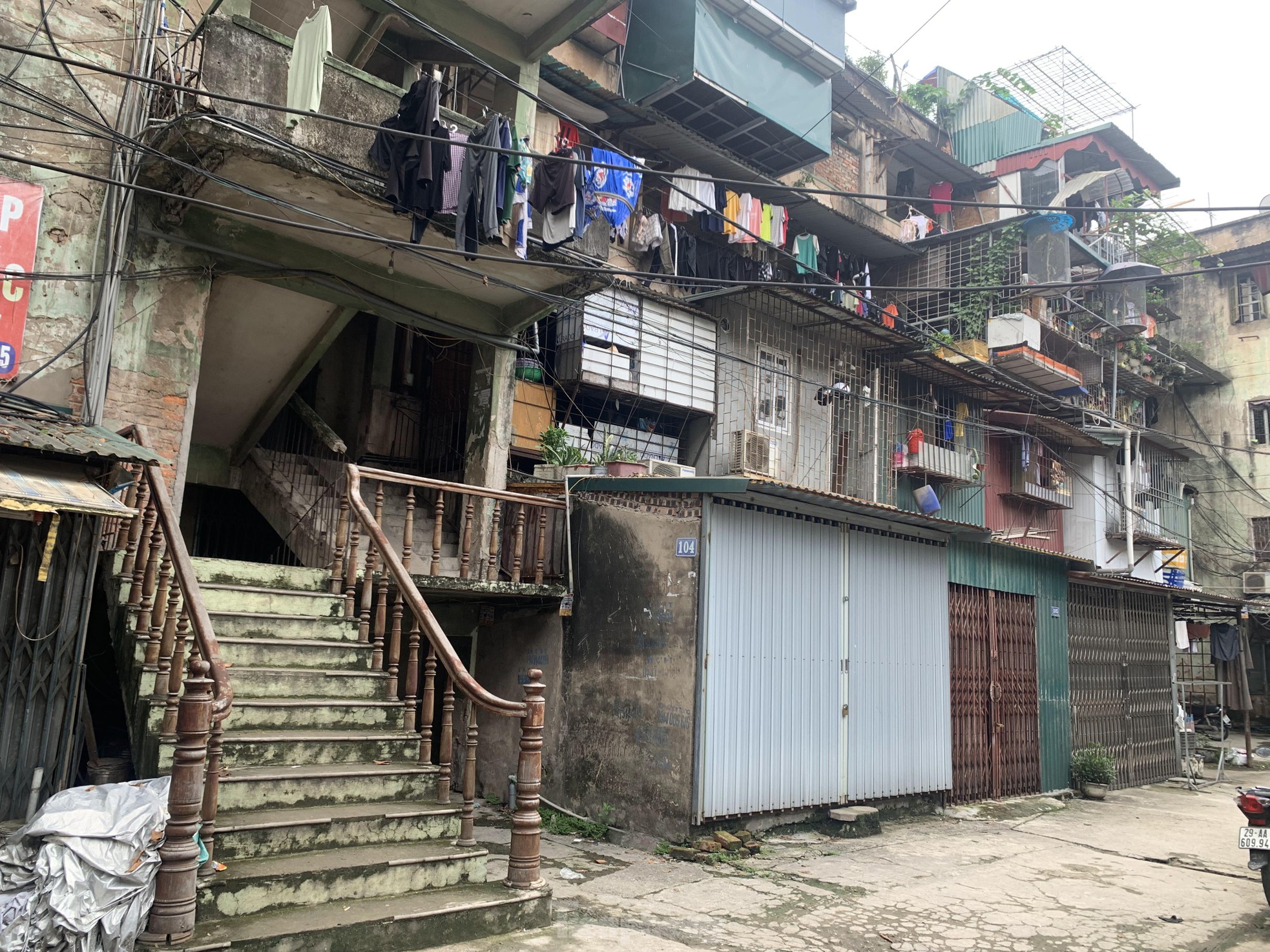
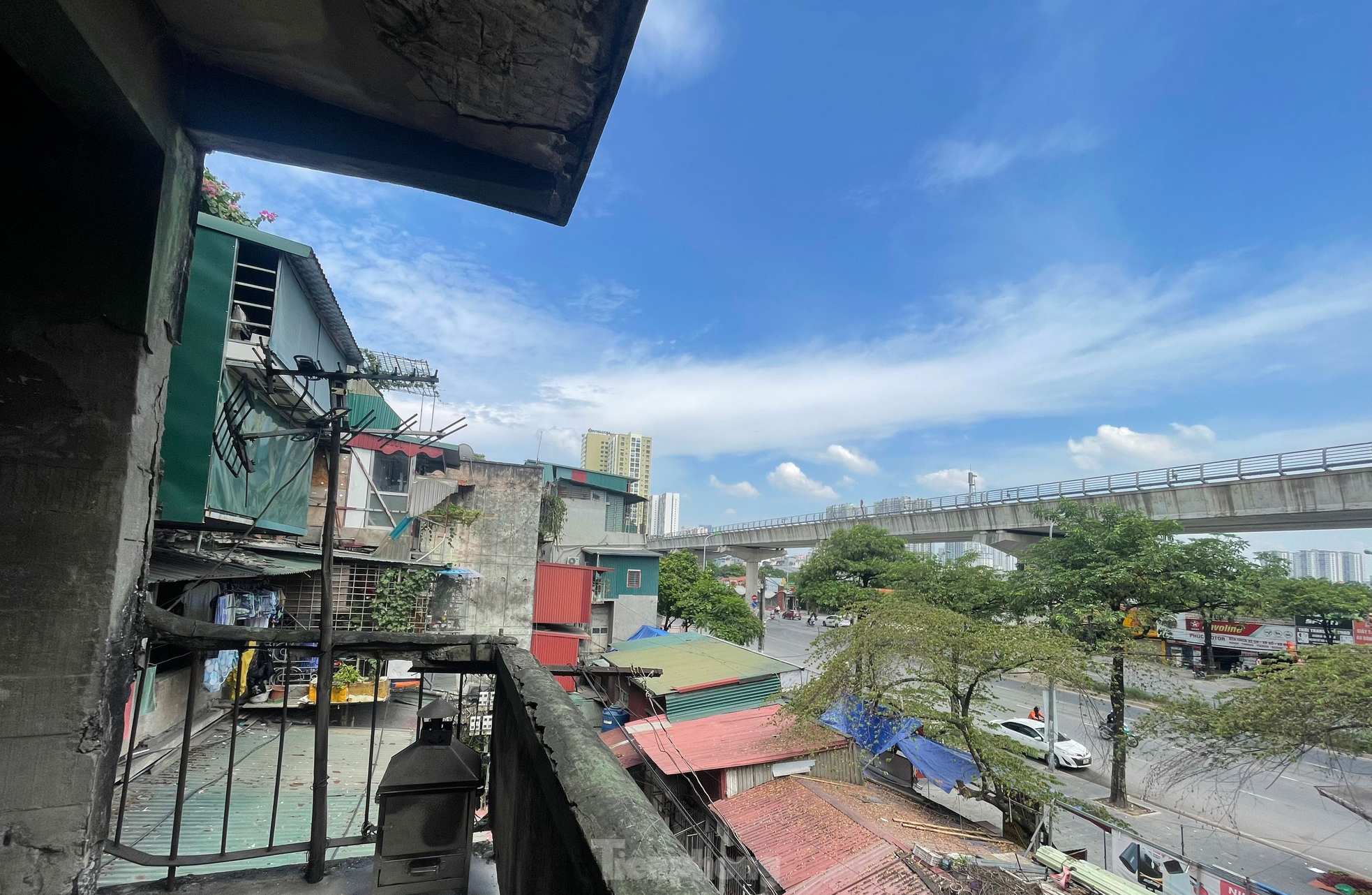
Over five decades have passed, and with multiple changes in occupancy, the complex now faces serious issues of unauthorized extensions and deterioration, causing concerns that it could collapse at any moment.
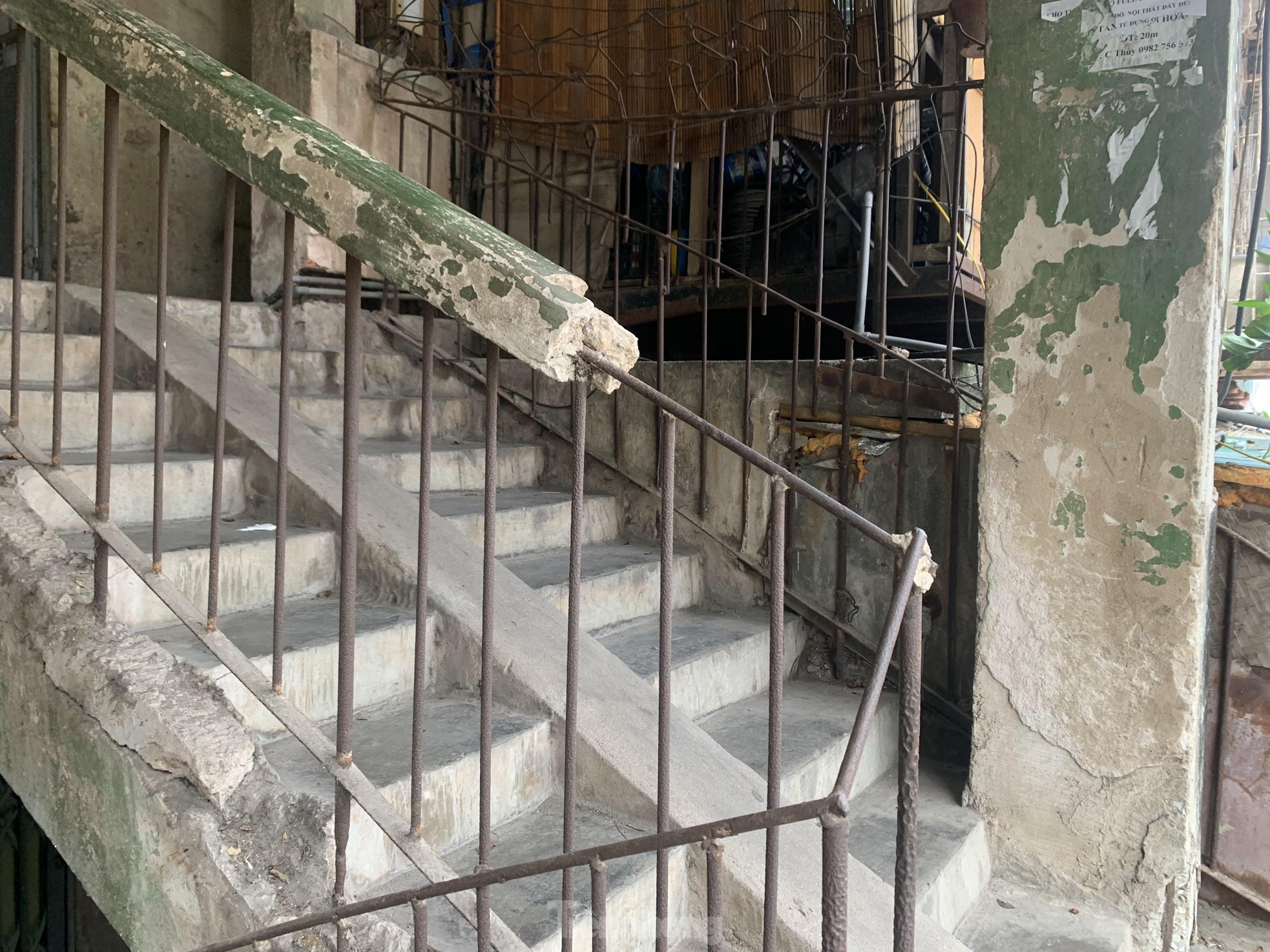
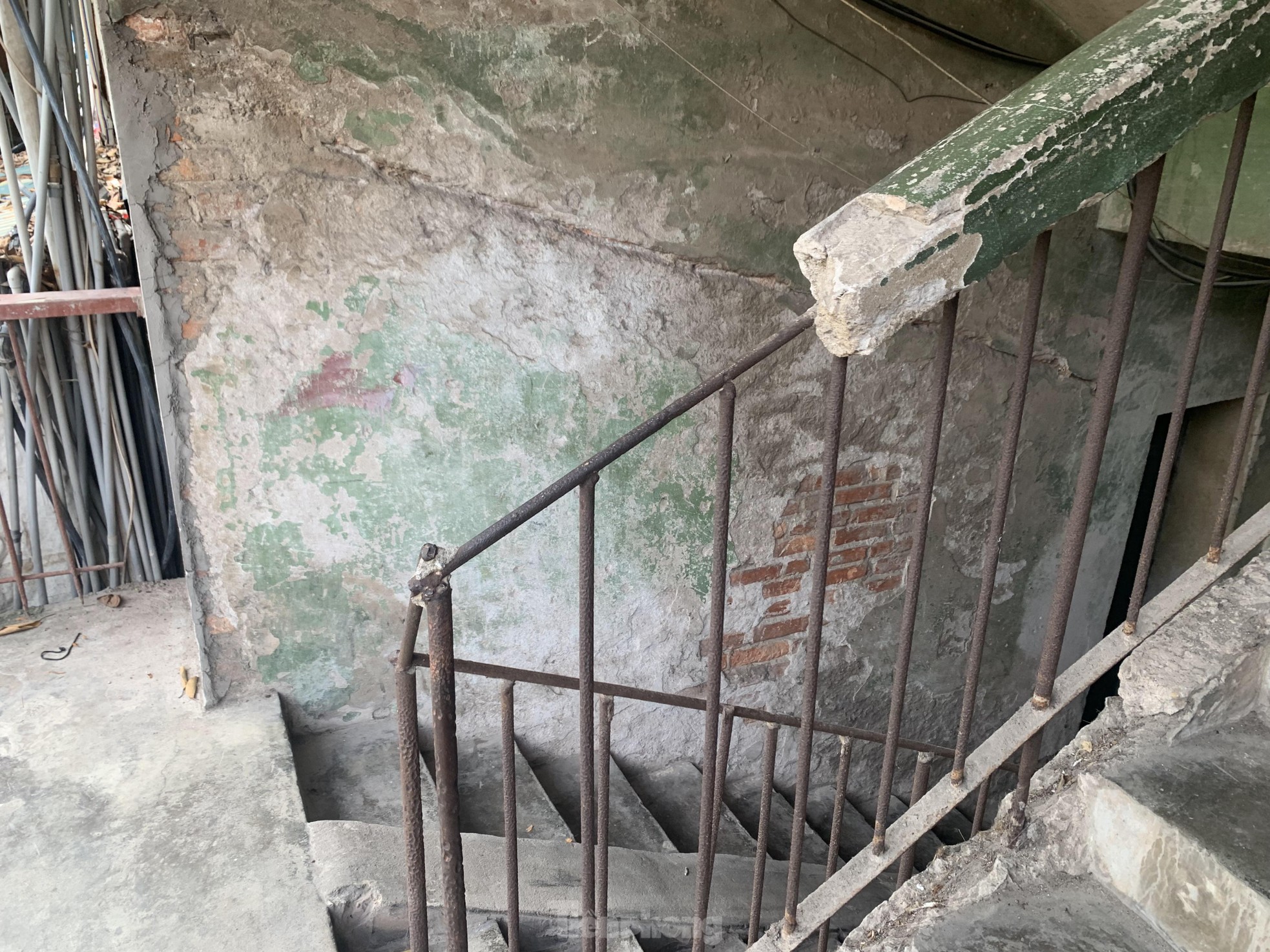
All the plaster in the complex has crumbled and fallen off in large chunks. The original structure can no longer withstand the “wear and tear” of time and the unauthorized extensions.
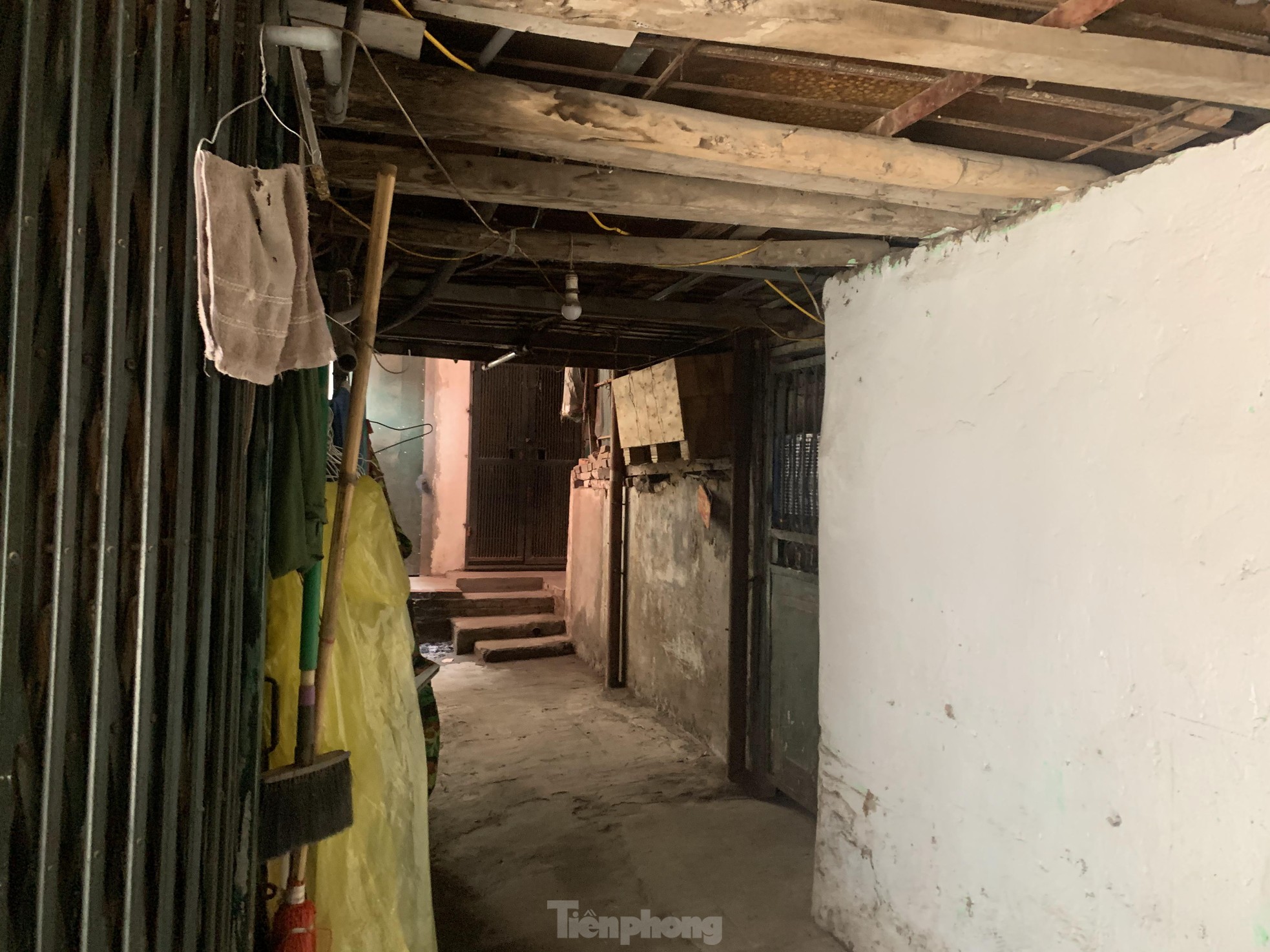
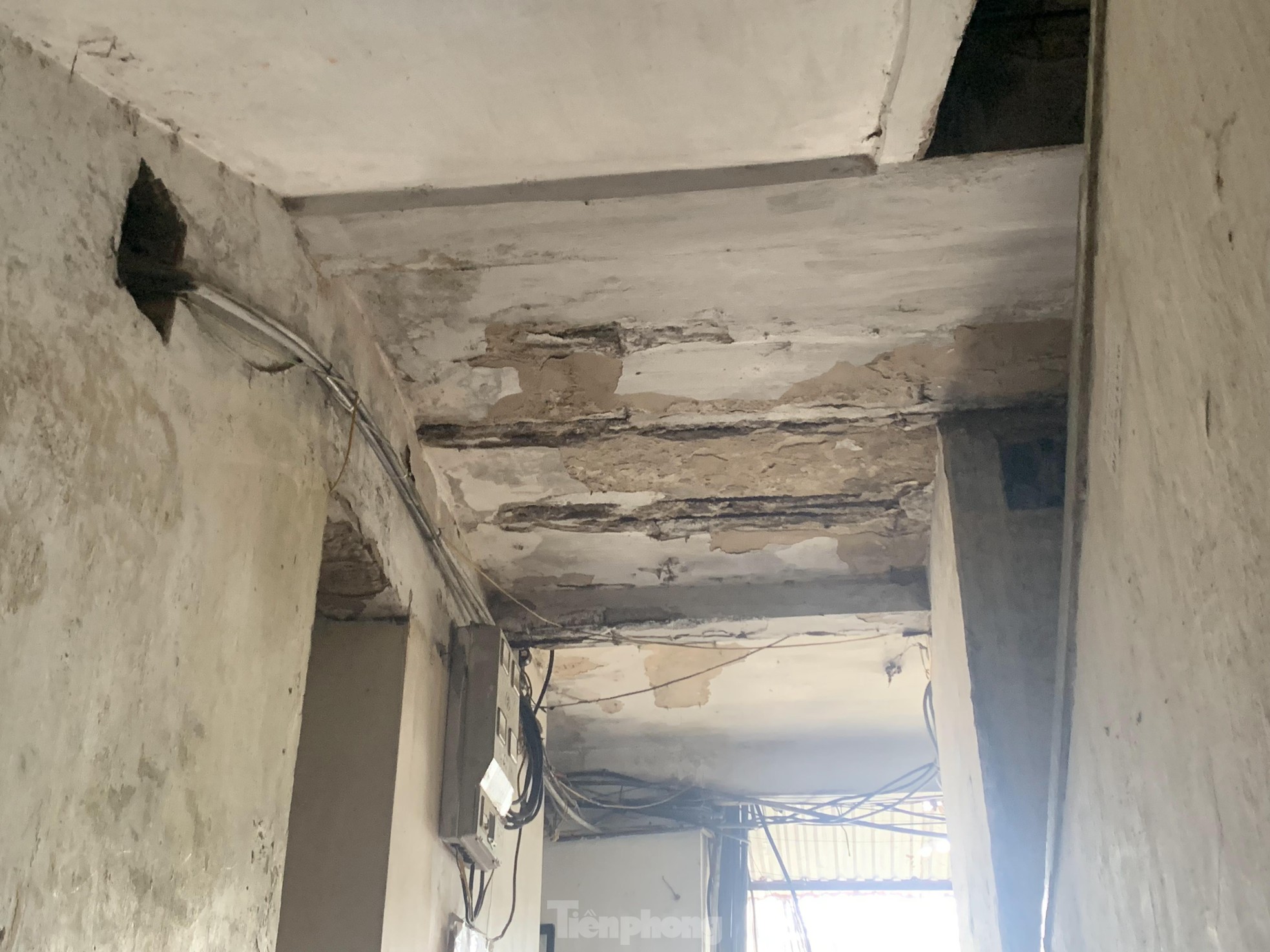
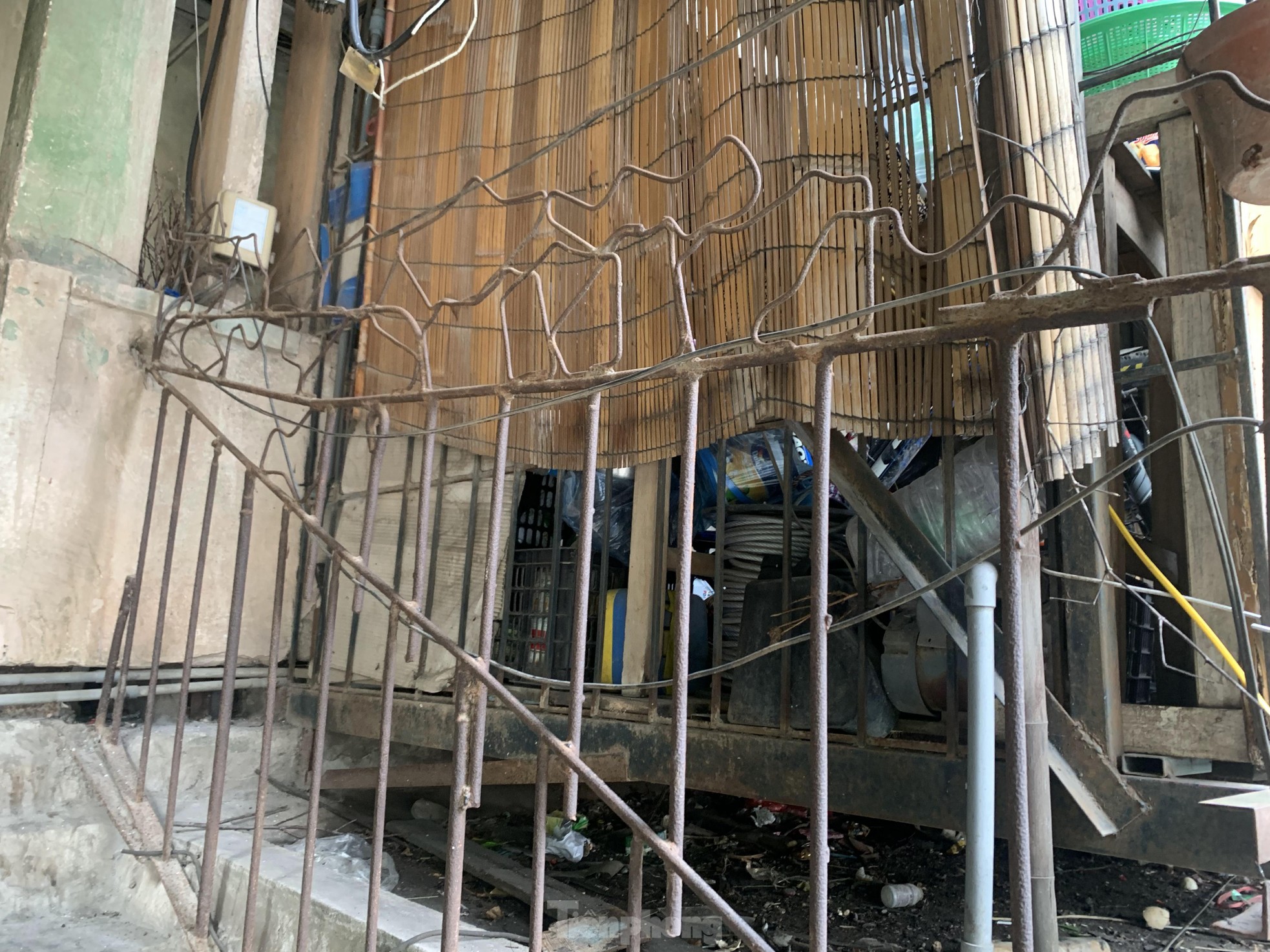
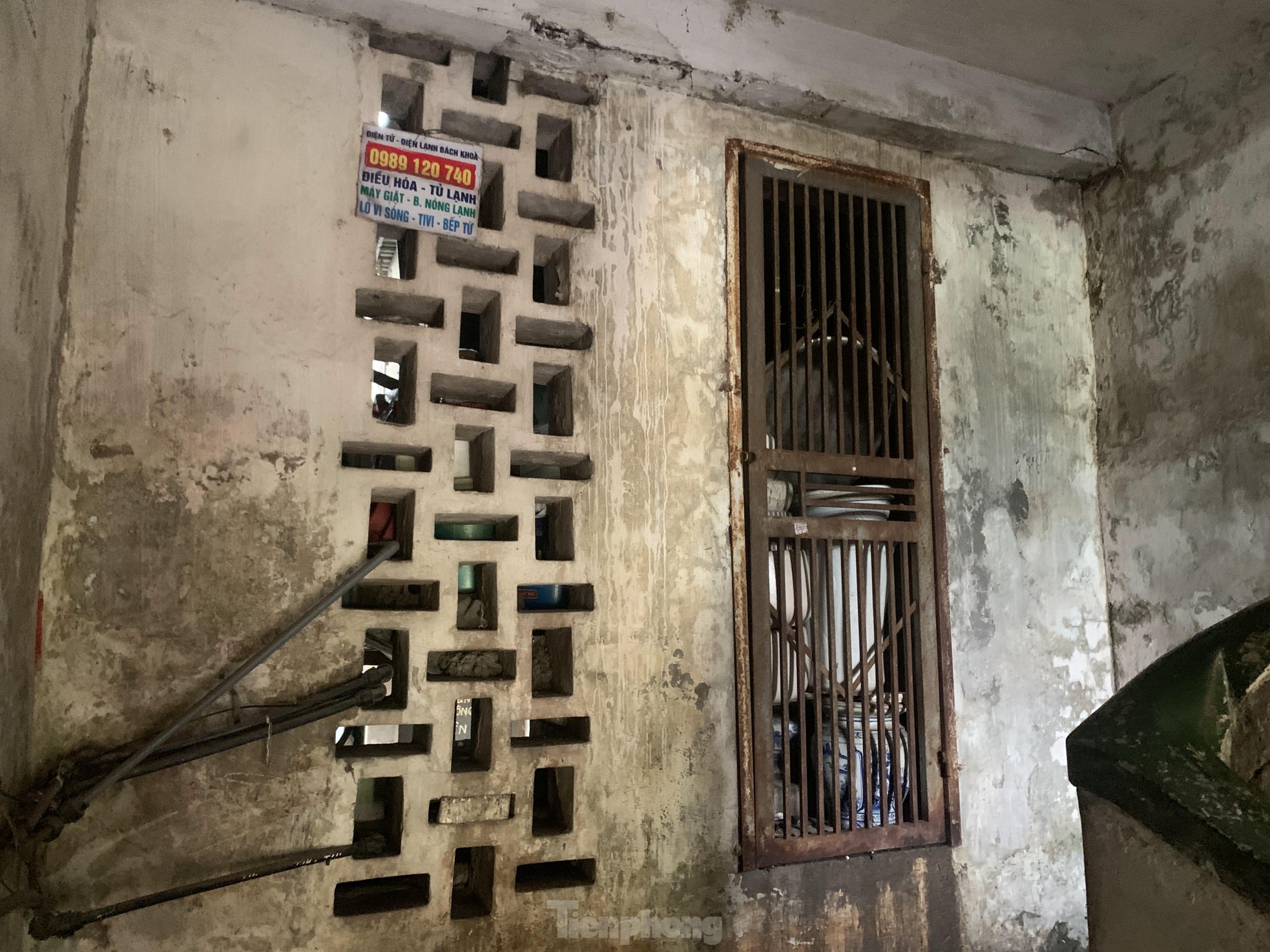
According to residents of the Vietnam Institute of Industrial Chemistry’s apartment complex, the entire building shakes when cars or trains pass by, leaks during heavy rain, and is always dimly lit. In recent years, there have even been signs that the building is tilting.
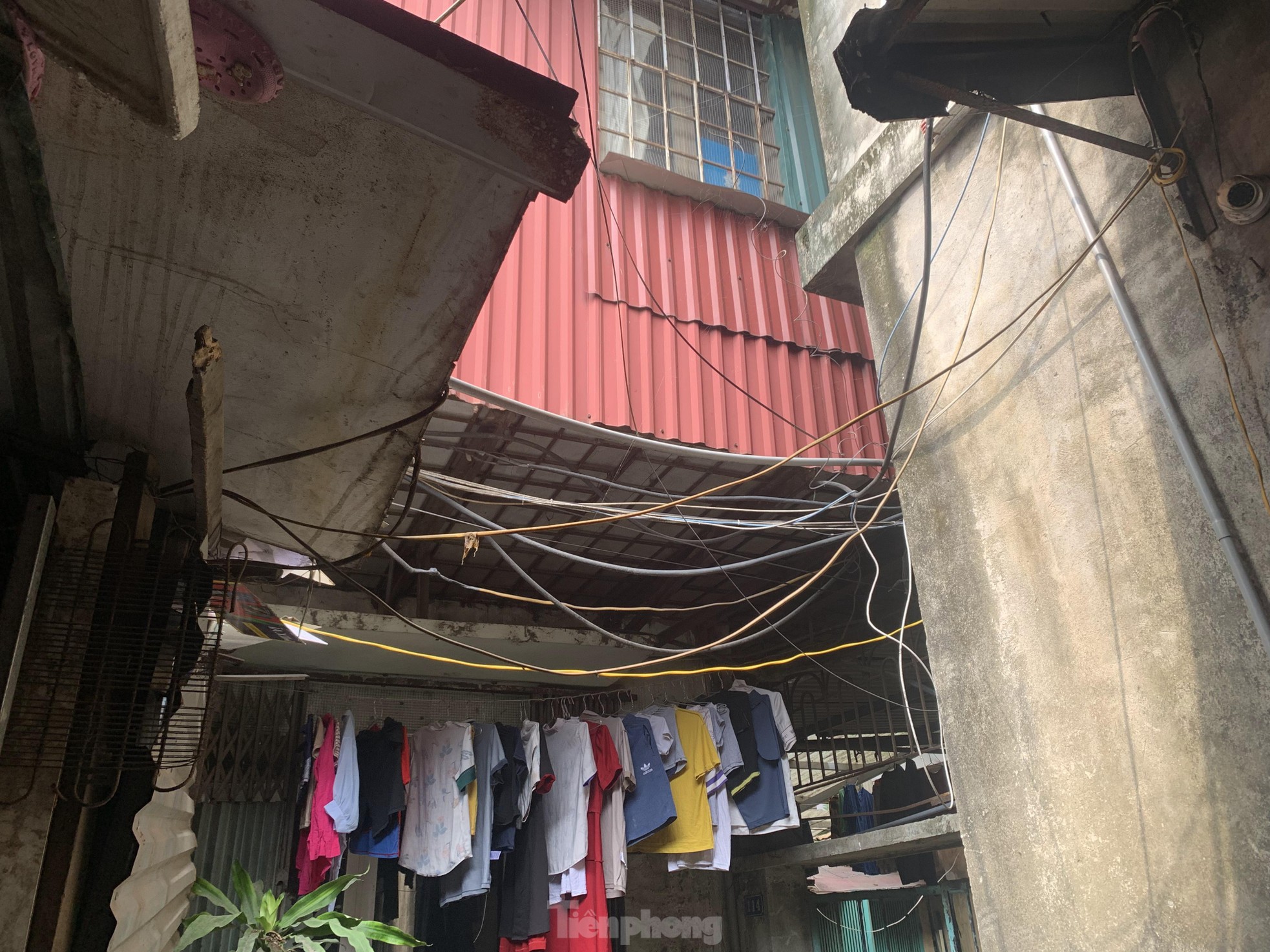
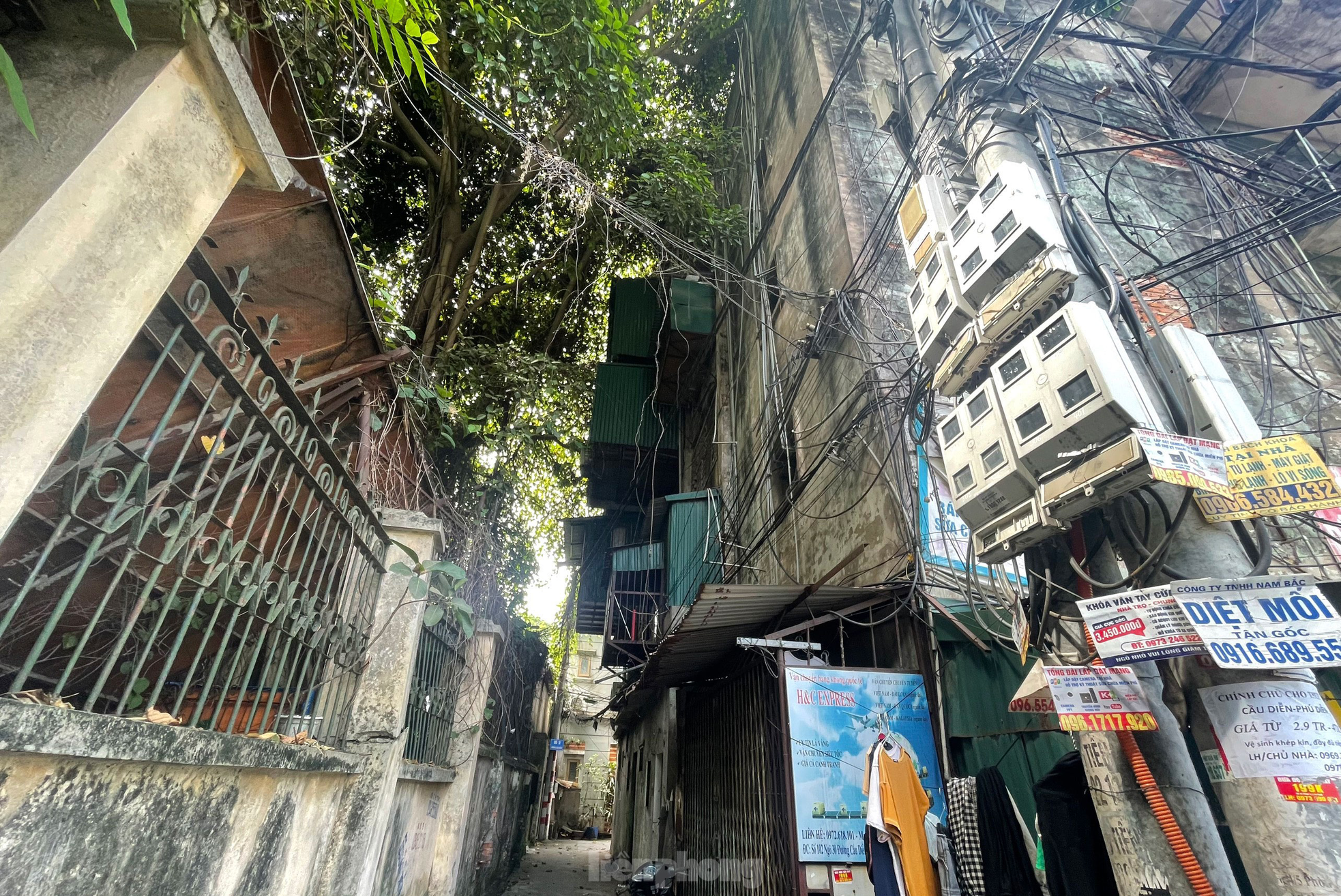
Moreover, fire safety in the complex is also a cause for concern. The entire building’s electrical wiring is a tangled mess of exposed wires, posing a significant risk of short circuits and electrical fires.
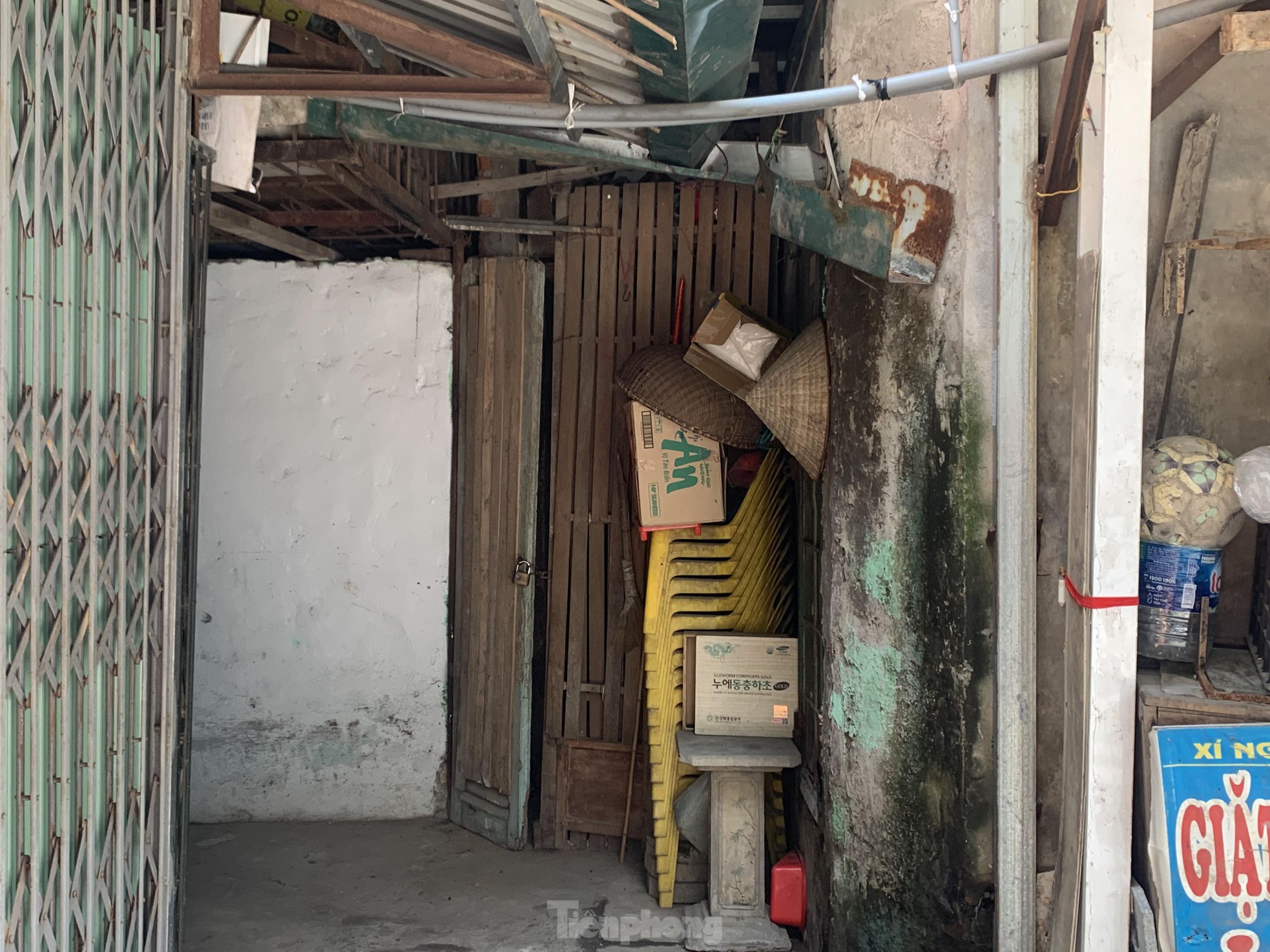
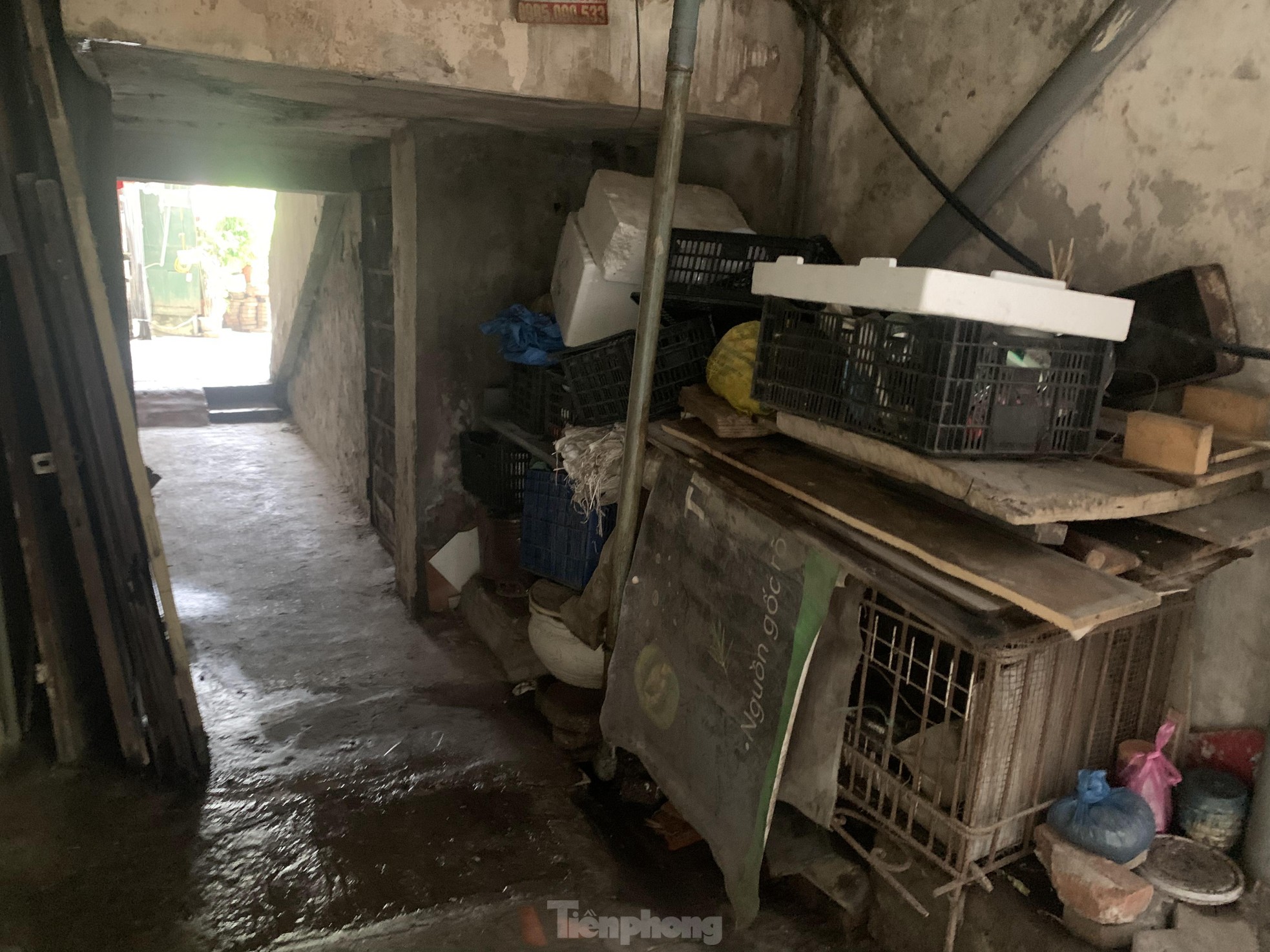
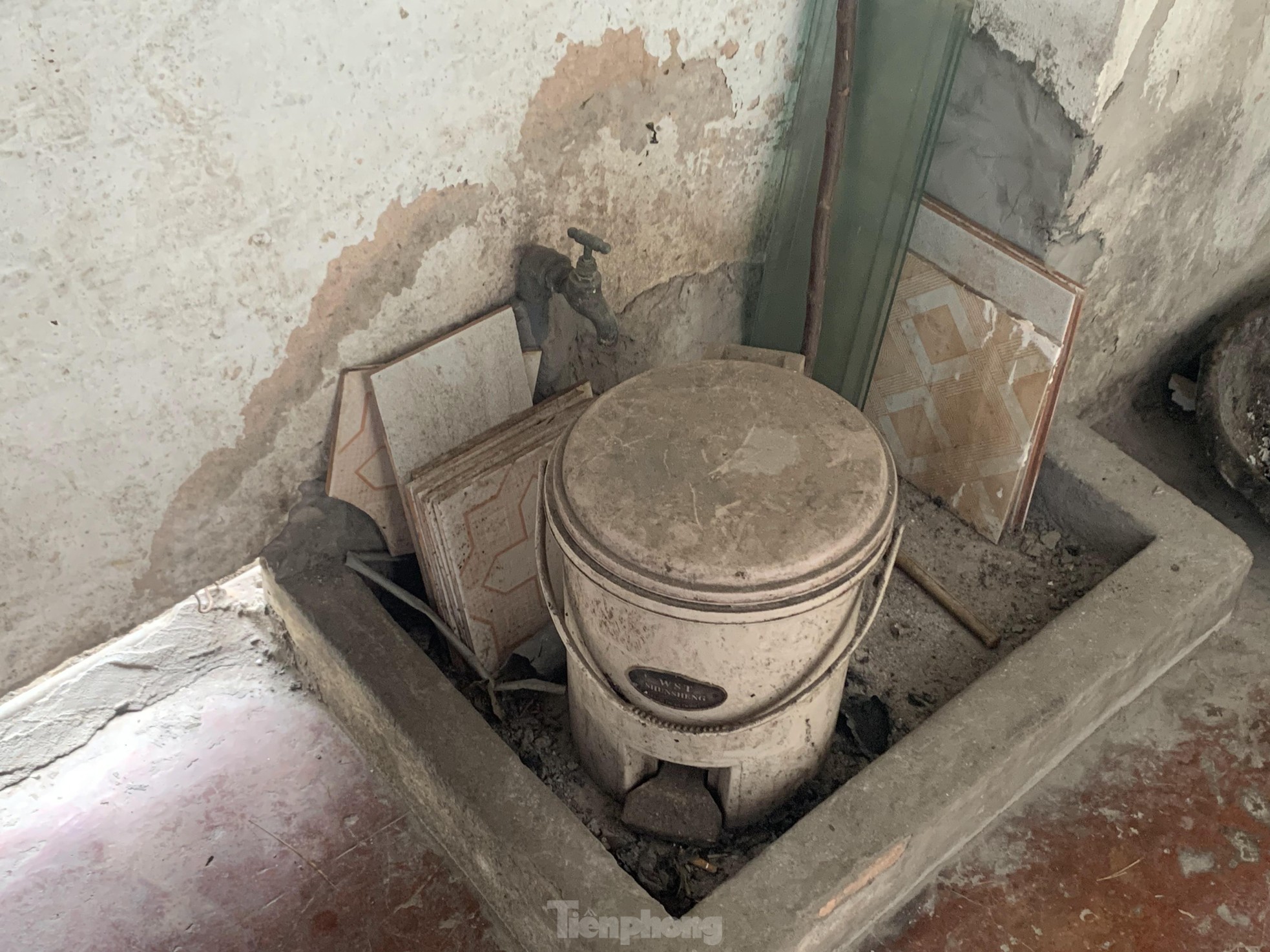
The complex lacks fire safety equipment, yet households continue to use coal and wood stoves indoors.
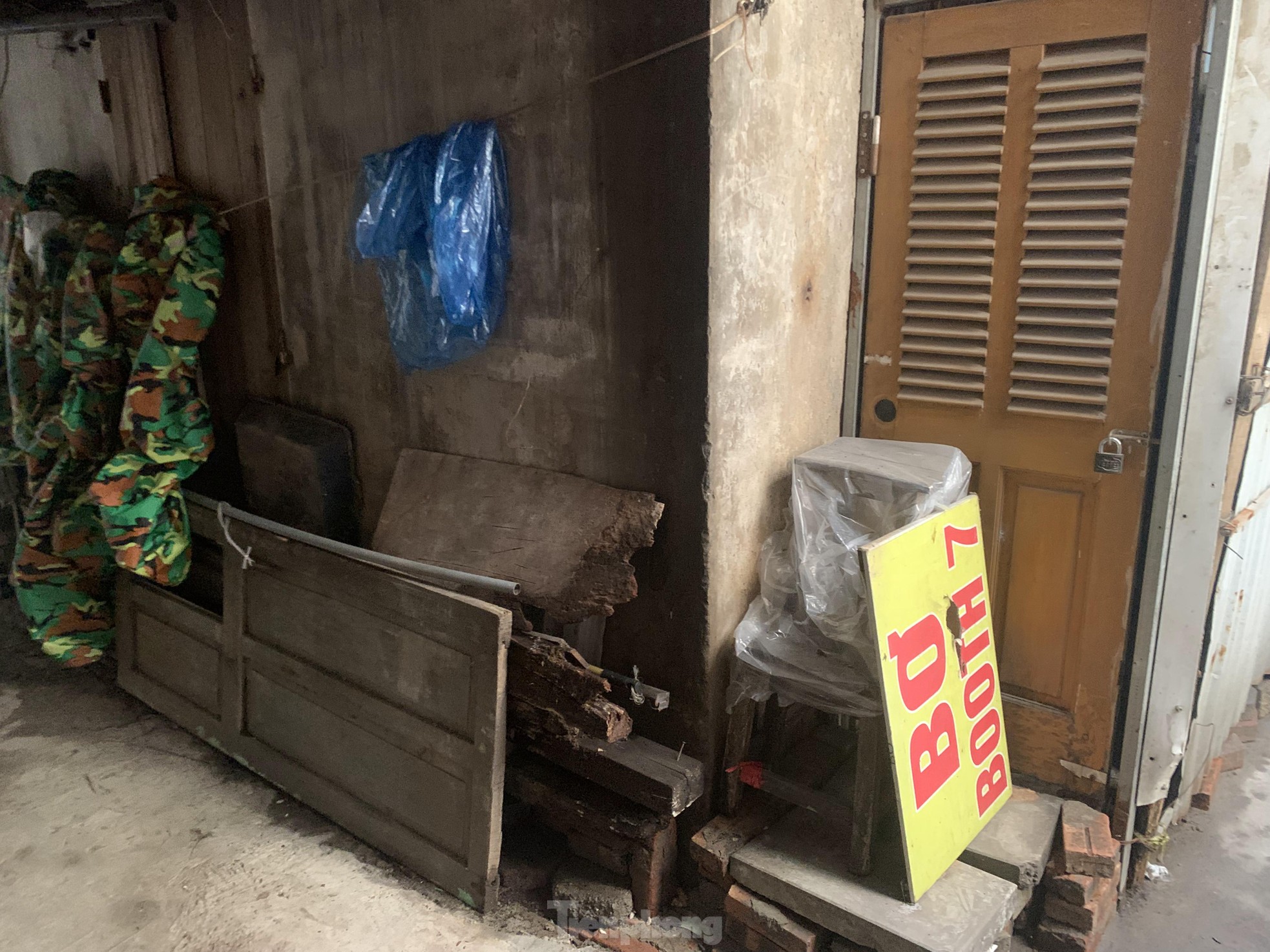
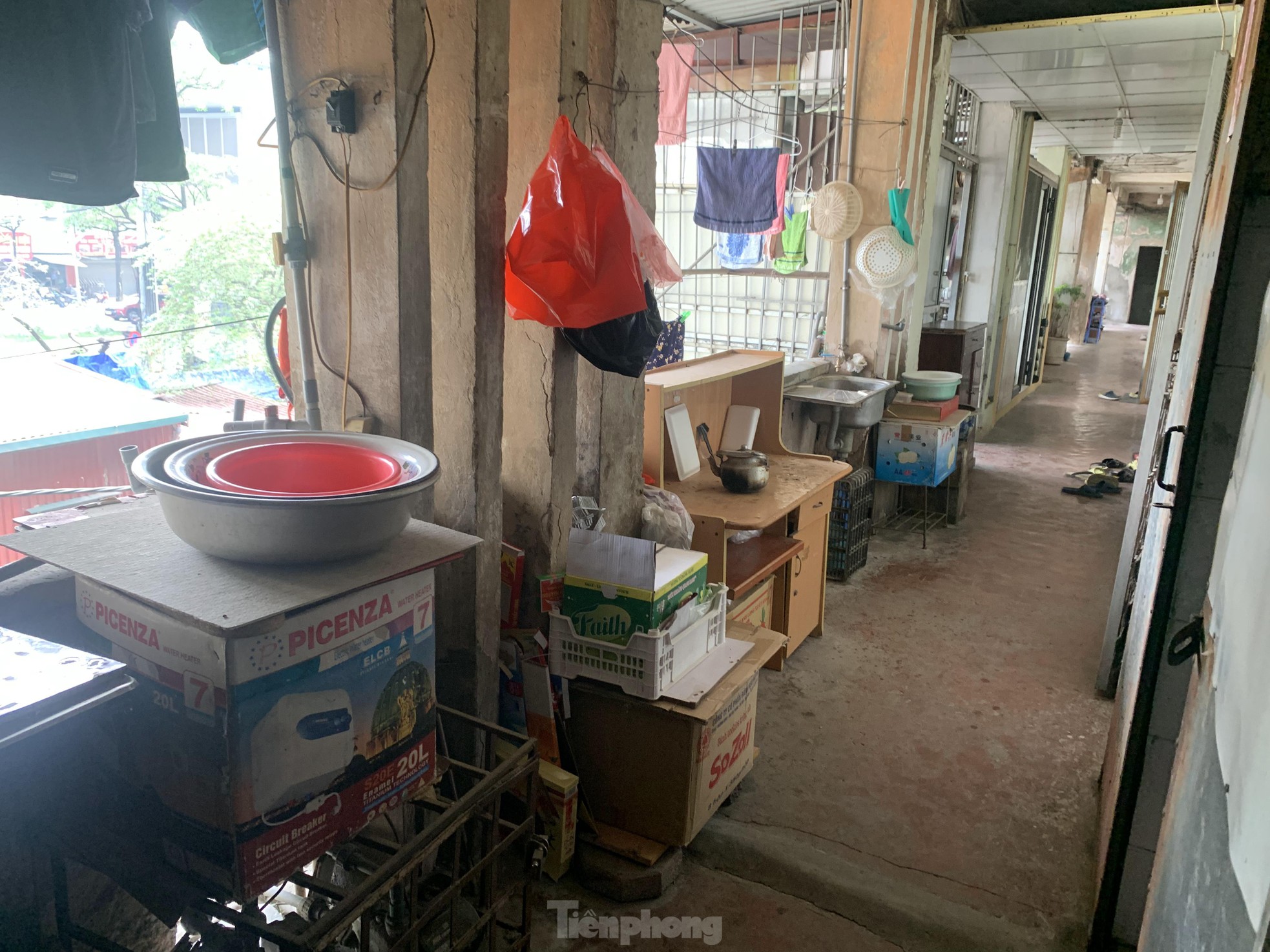
Many households also occupy the hallways, using them for storage and cooking, effectively blocking escape routes in the event of a fire.
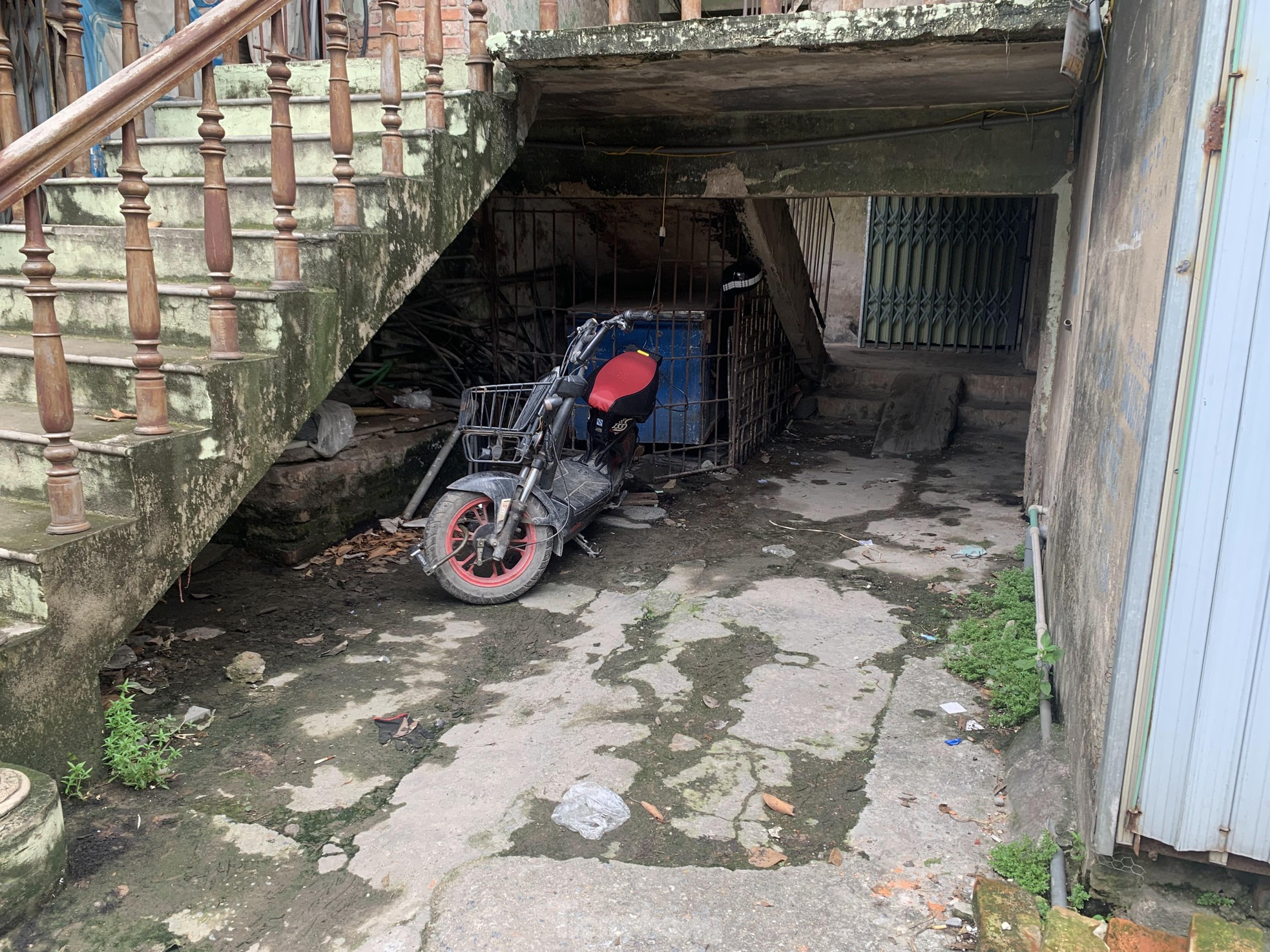
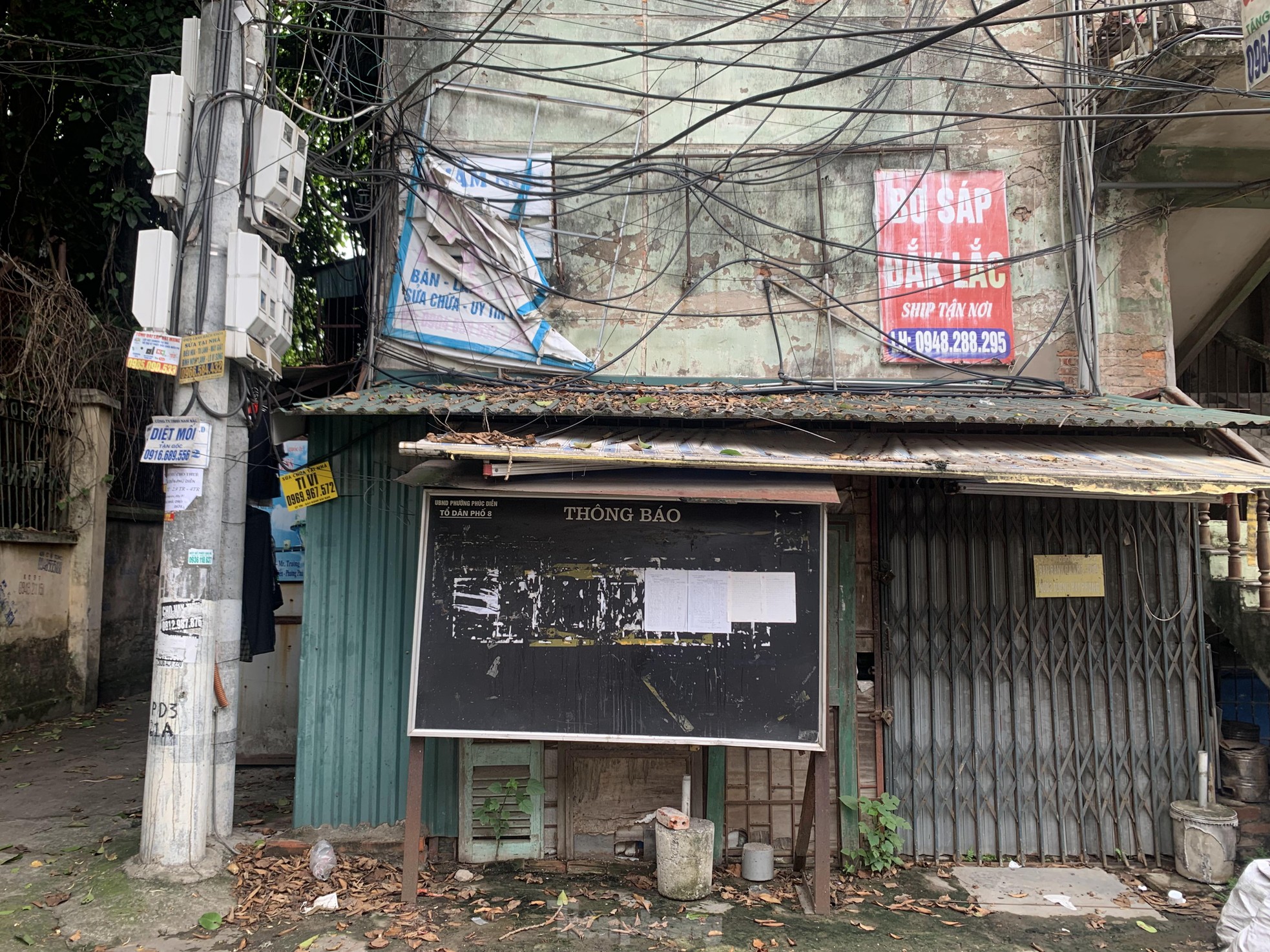
According to the Hanoi Department of Construction, there are currently 1,579 old apartment complexes and apartment buildings in the capital that were built between 1960 and 1992, and most of them are in a state of serious disrepair. Although Hanoi has had investment programs for the construction of new buildings and the renovation and replacement of old apartments, as of April 2024, only a little over 1.1% of the work has been completed.
